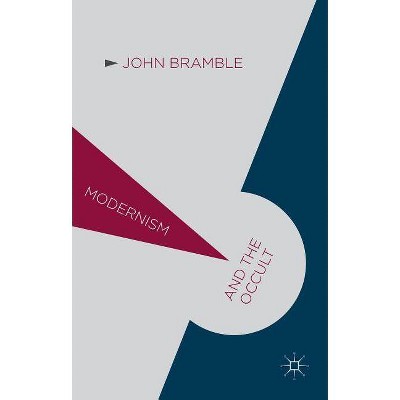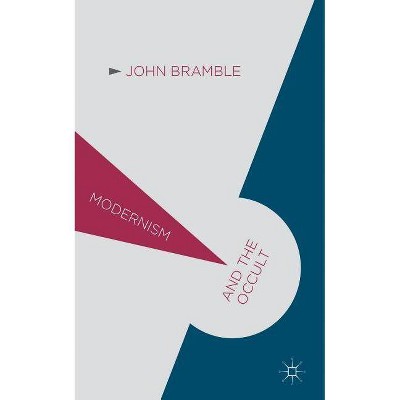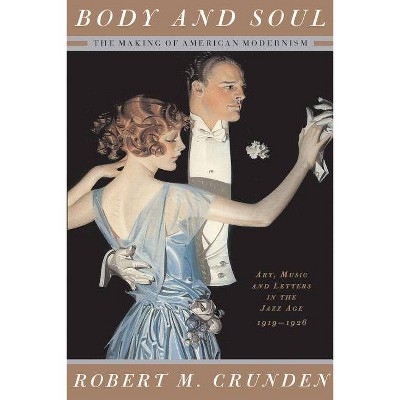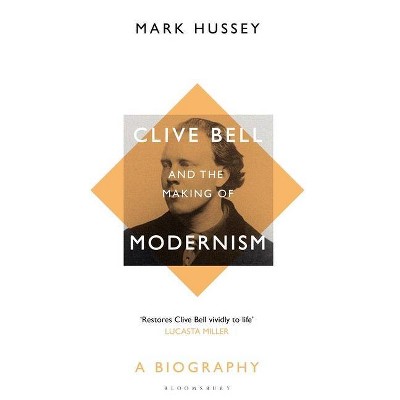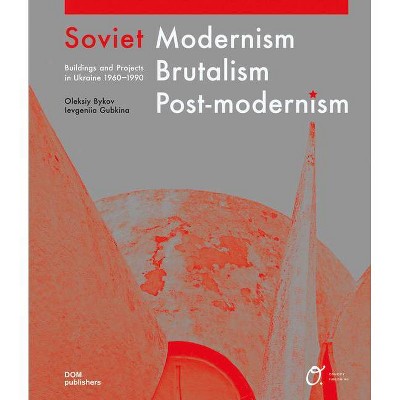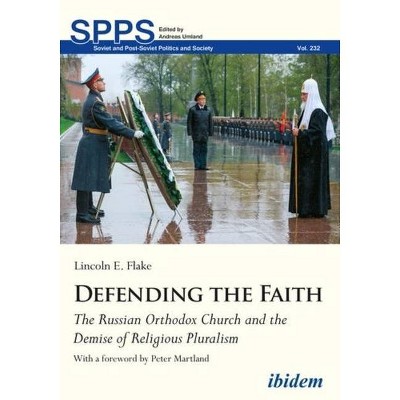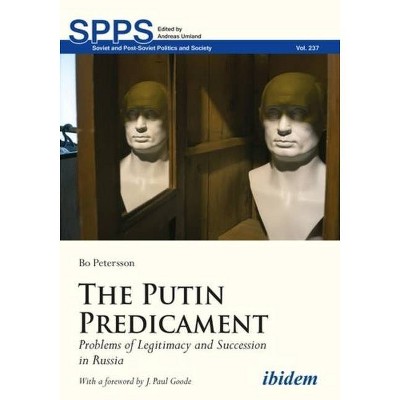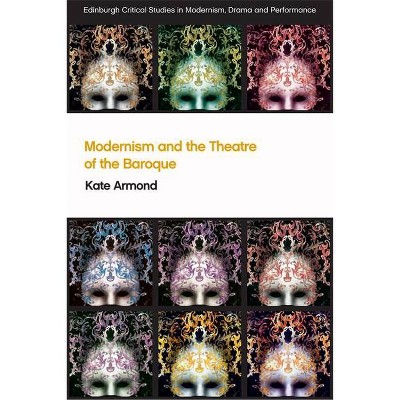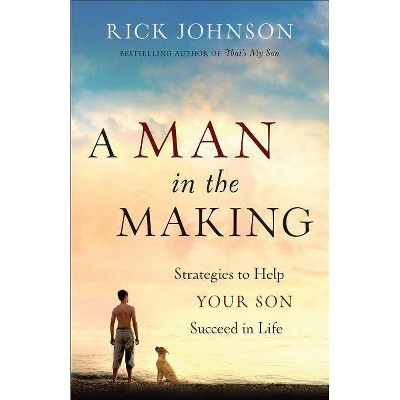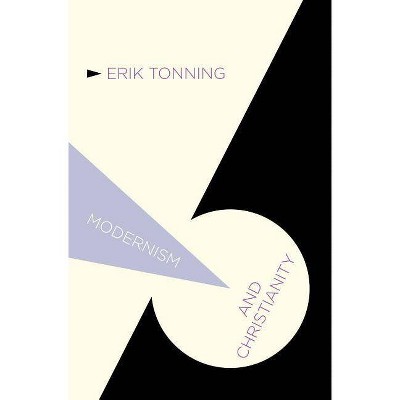Modernism and the Making of the Soviet New Man - by Tijana Vujosevic (Paperback)
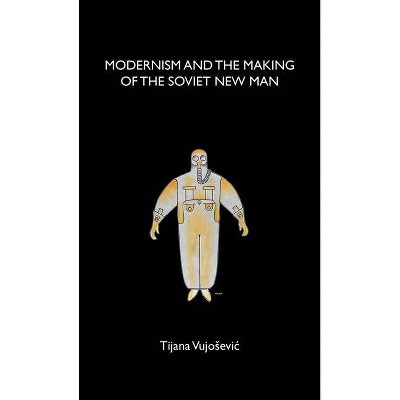
Similar Products
Products of same category from the store
AllProduct info
<p/><br></br><p><b> About the Book </b></p></br></br><i>Modernism and the Making of the New Man</i> is a history or Soviet architecture that is unique in that, instead of styles or great architects, it focuses on the design of communist subjectivity - the notion of the "new man".<p/><br></br><p><b> Book Synopsis </b></p></br></br><p>What connects modern architecture and design with the varied fields of literature, statistics, theatre and space travel?<br /> <br /> Tijana Vujosevic explores these questions through a study of the most radical and comprehensive of modernist projects: the invention of communist culture in the aftermath of the October Revolution. During this period, creative people from all disciplines shared a great zeal for inventing the Soviet citizen - the New Man - as well as for designing and narrating the places in which he or she might live. Drawing unique connections between official culture and its 'personalised' versions - utopia and reality, the will for progress and for tyranny - Vujosevic investigates architecture as a vehicle for creating Soviet identity. In so doing, she traces the evolution of Soviet culture from a productivist model, according to which citizens are imagined as workers, to a representational one, where they are connoisseurs of socialism as a total work of art. This evolution provides key insights into the ethical dimension of architecture as a nexus between politics and aesthetics, and as a practice that defines modern culture in a fundamental way.</p><p/><br></br><p><b> From the Back Cover </b></p></br></br>What connects modern architecture and design with the varied fields of literature, statistics, theatre and space travel? Tijana Vujosevic explores these questions through a study of the most radical and comprehensive of modernist projects: the invention of communist culture in the aftermath of the October Revolution. During this period, creative people from all disciplines shared a great zeal for inventing the Soviet citizen - the New Man - as well as for designing and narrating the places in which he or she might live. Drawing unique connections between official culture and its 'personalised' versions - utopia and reality, the will for progress and for tyranny - Vujosevic investigates architecture as a vehicle for creating Soviet identity. In so doing, she traces the evolution of Soviet culture from a productivist model, according to which citizens are imagined as workers, to a representational one, where they are connoisseurs of socialism as a total work of art. This evolution provides key insights into the ethical dimension of architecture as a nexus between politics and aesthetics, and as a practice that defines modern culture in a fundamental way.<p/><br></br><p><b> Review Quotes </b></p></br></br><br>'Vujosevic's <i>Modernism and the Making of the Soviet New Man</i> [...] argues for a history that transcends the opposition of the utopian and the real (or of noble dreaming and dismal totalitarianism) and exposes the complexity of the relationship between utopia and reality, idealism and pragmatism. [...] Engaging, witty, and captivating, Vujosevic's book rivals fiction without losing the conceptual rigor of an academic work. [..] Excellent, and long needed, pedagogical resources and important scholarly contributions that mark a new step in writing the conflicted history of Russian architecture.' Alla Vronskaya, Illinois Institute of Technology, <i>Slavic and East European Journal</i>, Vol. 62, No. 2 (Summer 2018) 'What is the relationship between utopia and reality ? And what role does space - broadly defined - play in answering that question ? These are the core subjects addressed in Tijana Vujosevic's intriguing new study of modernist expressions in architecture in 1920s and 1930s Soviet Russia. Her study is a welcome addition to a scholarly literature that tends to neglect architecture in favour of focusing on literature and the visual arts. With her fresh approach, Vujosevic demonstrates that ideas about space, and about how it can be used to recreate society, helped to define the New Soviet Person, first as a worker and then, as the 1920s gave way to the socialist-realist dominated 1930s, as a whole person.' Alison Rowley, Concordia University, <i>RACAR</i>, Vol. 43, No. 1 (2018) 'What happened in the process of making Soviet culture after 1917? Modernism and the Making of the New Soviet Man is a brilliant foray into a fascinating field of study, one that it also helps to constitute. It brings together design history and theory and critical theory and the everyday life practices, from the heroic to the comical and absurd, which made up the invention of communist culture in the aftermath of the October Revolution. It combines utopianism of differing kinds and levels with the practical modernism which set out to operationalize Bolshevik, and then Stalinist culture.' Peter Beilharz, Curtin University, <i>Thesis Eleven</i> (October 2018) 'With its interdisciplinary scope, focus on identity formation, and exploration of a broad range of revolutionary spatial representations, Vujosevic's book can be seen as an important attempt to depart from traditional architectural history [...] <i>Modernism and the making of the Soviet New Man</i> offers intriguing, original interpretations about the links between ideology, space, and the formation of class identity. An ambitious interdisciplinary investigation, it courageously explores a wide range of spatial and cultural forms, illustrated by a compelling range of images and texts. It also avoids the common trap of focusing only on the early revolutionary avant-garde period, instead spanning the full length of the Soviet revolutionary historical project.' Katerina Rüedi Ray, <i>Journal of Architectural Education</i> (February 2019)<br><p/><br></br><p><b> About the Author </b></p></br></br><br><strong>Tijana Vujosevic</strong> is Assistant Professor at the University of Western Australia<br>
Price History
Price Archive shows prices from various stores, lets you see history and find the cheapest. There is no actual sale on the website. For all support, inquiry and suggestion messages communication@pricearchive.us
